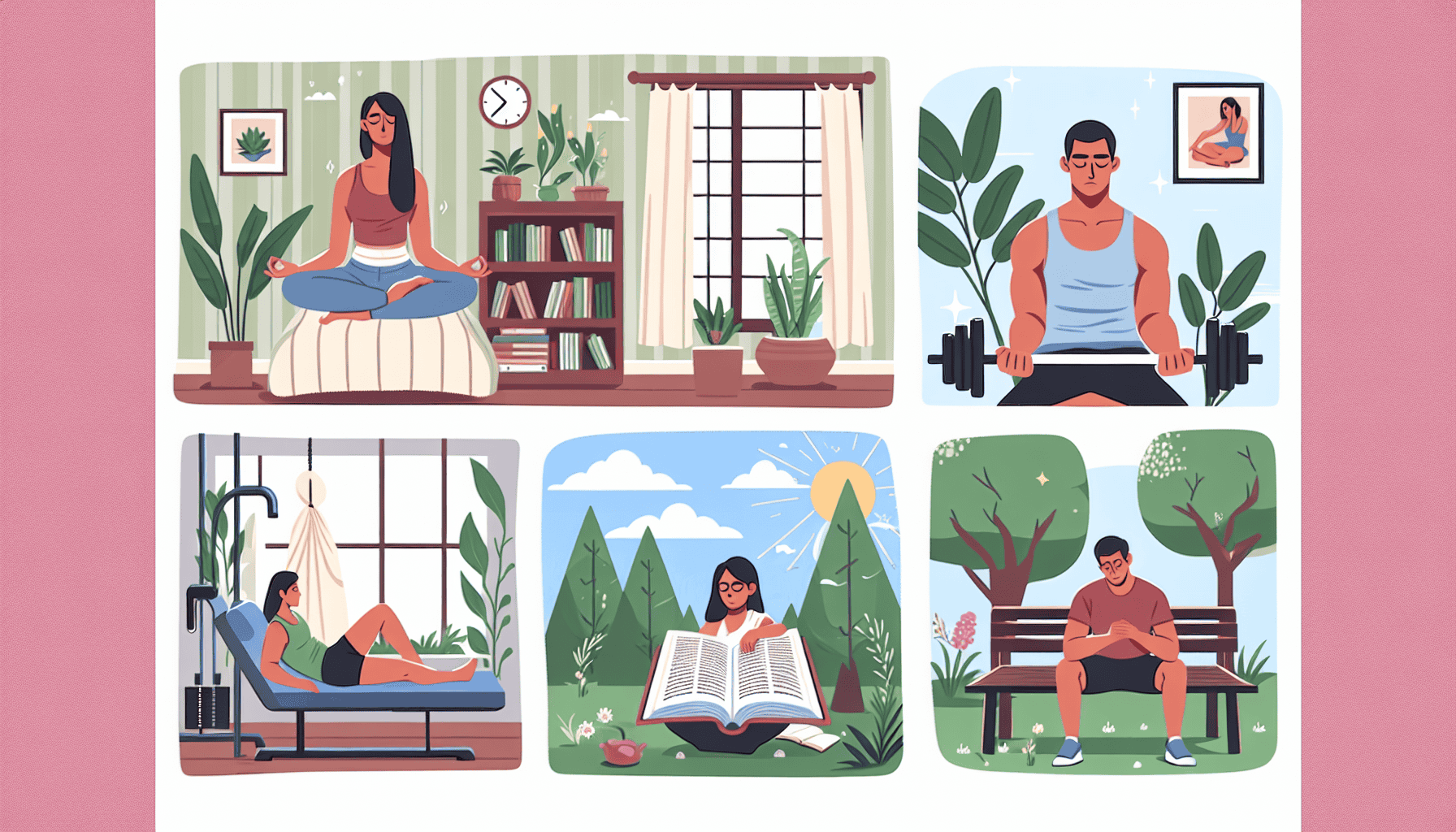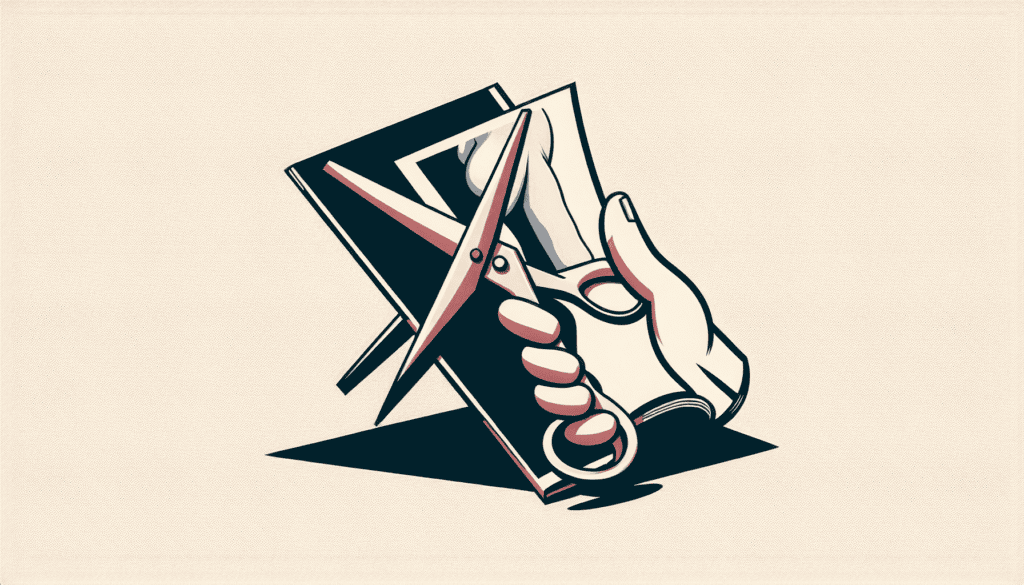Understanding Porn Addiction in Teens
Risks of Adolescent Pornography Consumption
Porn addiction is fast becoming a problem among teens, with lots of risks messing with their emotions, minds, and social lives (Council on Recovery). Thanks to the internet, access to porn is easy-peasy for them, making addiction more likely. As teens are buzzing with hormones and curiosity, many find themselves drawn to this trap (Cadabam’s Hospitals).
Watch out for these key risks tied to teens watching porn:
- Emotional Mess: Feelings like guilt, shame, and rock-bottom self-esteem creep in.
- Mind Games: Watching too much porn can lead to anxiety, depression, and other tough mental stuff.
- Playing Solo: They might ditch friends, flunk school, and shirk responsibilities (Restoring Hearts Counseling).
Impact on Emotional and Social Well-being
Seeing porn not only hits teenagers’ emotions but also screws up their social life. This habit often leads them to ignore their duties and miss out on social fun, causing major chaos in their everyday lives.
Emotional Rollercoaster:
| Emotional Effects | Description |
|---|---|
| Guilt and Shame | They’re beating themselves up over their actions. |
| Anxiety and Sadness | Always anxious and can’t shake off the blues. |
| Self-image Issues | Not feeling good enough about themselves. |
Social Shutdown:
| Social Effects | Description |
|---|---|
| Task Dodging | Blowing off homework and responsibilities. |
| Friends and Family Walkout | Avoiding hangouts and family time. |
| Love Life Troubles | Struggling to keep friendships and relationships real. |
Teenagers tangled in porn addiction might also start lying more, pinching things, and have crazy sleep and eating patterns (Cadabam’s Hospitals). Spotting these red flags early helps in snagging help and beginning a recovery journey. Scoop more about the signs in our piece on symptoms of porn addiction.
Getting a grip on these risks and fallout effects sets the stage for tackling teen porn addiction. If you’re curious about how to kick start recovery, swing by our guides on porn addiction therapy and how to help someone with a porn addiction.
Recognizing Signs of Porn Addiction
Spotting when a teenager might be struggling with porn addiction can really help in finding them the right support. Here’s a rundown of behavior changes, obsessions, mental health shifts, and relationship hurdles related to this addiction.
Behavioral Changes and Compulsions
Teenagers with a porn addiction tend to change how they behave and feel pulled to act certain ways. Some signals they might be dealing with this include:
- Slacking on things like homework, friendships, or sports and clubs.
- Getting stuck in obsessive thoughts and habits tied to porn.
- Taking risky steps to watch porn secretly.
- Being sneaky or flat-out dishonest to hide their habit.
- Adjusting daily schedules to focus on their addiction even if it means ignoring chores or self-care.
Here’s a quick look at common behavior shifts:
| Behavioral Changes | Indicators |
|---|---|
| Skipping Responsibilities | Bad grades, avoiding social scenes |
| Obsessive Watching | Keeping to themselves, always thinking about porn |
| Risky Moves | Secretive actions, visiting blocked sites |
| Trickery | Lying about web use, clearing browser records |
Psychological Effects and Relationship Disturbances
This addiction messes with a teenager’s mind and how they interact with people. Some emotional and thinking issues might include:
- Twisted views on love, sex, and closeness.
- Emotional swings, sadness, or anxiety attacks.
- Just plain weird expectations for relationships and issues with getting close to others.
- Getting grumpier, keeping secrets, or shutting others out.
| Psychological Effects | Relationship Problems |
|---|---|
| Emotional Ups and Downs | Trouble keeping friends or dating |
| Twisted Views | Wild ideas about sex and partnership |
| Pulling Away | Less hanging out with family and friends |
Seeing these signs early can help kick off porn addiction therapy and put solid coping tactics in place. For a deep dive on how this addiction hits mental health and relationships, check out our other article.
If you spot these symptoms, it’s key to offer a hand so the teen can find their way back to a more balanced life. Here’s some more reading to help recognize and tackle porn addiction:
- Symptoms of Porn Addiction
- How to Help a Friend with Porn Addiction
- Therapy Options
Catching on to these signs can help steer teenagers toward shaking off the addiction and setting sail for a healthier future.
Treating Teen Porn Addiction
Therapeutic Approaches and Counseling
Getting a handle on teen porn addiction isn’t just about cutting off access; it’s about finding a treatment plan that works. When it comes to making real change, mixing and matching therapy treatments like cognitive-behavioral therapy (CBT), group therapy, and one-on-one counseling is a must. These methods dive into what’s really going on and what’s fueling the addiction (Cadabam’s Hospitals).
Key Therapeutic Approaches:
Cognitive-Behavioral Therapy (CBT):
CBT is a bit like having a toolbox for your mind. Teens learn to spot what sets off their behavior and pick up new ways to deal with those triggers. It’s all about taking control.Group Therapy:
Picture a room where teens can talk it out with folks who get it. That’s group therapy for you – a shared space where experiences are swapped, and everyone builds some much-needed grit together (LifeStance).Professional Counseling:
Sitting down with a counselor isn’t just about talking; it’s about figuring out what’s driving the addiction. Be it a rough past or emotional baggage, counseling helps teens find better ways to handle stress and feel more at peace.Family Therapy:
Getting the family involved can be the secret sauce to recovery. Family therapy helps iron out any home issues and creates a safe space for teens to bounce back.
Coping Strategies and Healthy Decision-making
Building solid coping strategies and decision-making skills is vital to tackling porn addiction in teens. These strategies aim to manage stress and cut down on the dependency on porn as a quick fix (Cadabam’s Hospitals).
Effective Coping Strategies:
Calm Communication:
Keep the chat lines open. Encouraging teens to share their battles without sweating a backlash builds trust and helps shine a light on underlying issues.Stress Management Techniques:
Whether it’s keeping calm with meditation or letting off steam with a run, these are key in keeping the stress levels down and muting the urge to turn to porn.Limiting and Monitoring Technology Use:
Parental controls do the trick in blocking explicit content, and getting teens involved in tech-free fun activities can nurture healthier habits.Strengthening Decision-making Skills:
Teaching teens to weigh up decisions boosts their confidence in taking charge. Role-playing and talking about consequences strengthen their ability to think things through.
| Coping Strategy | Key Benefits |
|---|---|
| Calm Communication | Builds trust and openness |
| Stress Management Techniques | Cuts down on porn reliance |
| Limiting Technology Use | Restricts exposure to risky content |
| Strengthening Decision-making Skills | Gives them the wheel to steer their actions |
Helping teens kick a porn habit takes a blend of therapy treatments alongside these coping tactics. Don’t forget the power of backup from family and community – it’s got a huge part to play in the healing process (LifeStance). For more tips on recovery and local support, check out our piece on how to help someone with a porn addiction.
Getting Help for Porn Addiction
Finding help for a porn addiction can be a game-changer, especially for teens stepping into adulthood. Lucky for them, lots of back-up is available both for them and their families.
Leaning on Support Systems
Support systems can be just what the doctor ordered when it comes to dealing with porn addiction. These are your go-tos for a little morale boost—like family, friends, and professionals who know their onions. Reaching out to these folks creates a solid base for mending both heart and mind.
Family Support: Having your family’s back means they offer understanding and make it okay to talk about the hard stuff. Keeping the conversation open turns home into a haven where teens can battle addiction with their kin beside them.
Friends: Trusted friends can shoulder some of the load, providing a listening ear and cheering on healthy choices. It’s like being part of your own squad cheering you on to victory.
Professional Help: Sometimes, you need someone with a bit of know-how. Therapists and counselors can be a lifesaver. Strategies like cognitive behavioral therapy (CBT) that tackle deep-seated issues and teach useful coping methods have a great track record for kicking porn addiction’s butt (Cadabam’s Hospitals).
For a closer look at how these support systems work, take a peek at our piece on how to help someone with a porn addiction.
Helpline and Online Resources
Getting some professional help can be just a call or click away thanks to national helplines and online platforms.
| Helpline | Description |
|---|---|
| SAMHSA National Helpline | This is your around-the-clock, every day of the year, free service that connects individuals and families dealing with mental or substance use issues to the help they need. Available in English and Spanish, it’s a lifeline you can trust. |
The SAMHSA Helpline took a whopping 833,598 calls in 2020 alone, proof that many folks are reaching out. Here’s the scoop on why it’s a gem:
- Confidential Support: You get your info and help without anyone peering over your shoulder.
- Always Open: The line’s up and running day or night, even on Christmas.
- Solid Referrals: They’ll point you to treatment centers, peer groups, and community networks right in your neck of the woods.
- Help with Insurance: If insurance is a headache, they’ll guide you to state-backed programs or places with prices that won’t break the bank.
Looking for more online stuff? Our porn addiction help section is full of useful links and tips to help folks along the way—from educational resources to support forums, all ready whenever you are for a sense of community and guidance.
Tapping into these resources can really help in the journey to beating addiction. For more ways to win your fight, check out our article on recovery from porn addiction.
Facing the Fallout of Porn Addiction
Slippery Slope from Mental Health to Relationships
Porn addiction is no laughing matter; it’s like a sneaky thief that robs folks of mental peace and the warmth of good relationships. Young people caught in this trap might feel like they’re wrestling with low self-worth, a constant cloud of guilt, or a never-ending nerve dance. And it’s not just in their heads—it sneaks into every corner of their lives, messing with school, jobs, hobbies, and even their friends and families.
The mental toll shows up in lots of ways. You can see it in the moods swinging like a broken gate, stories with more holes than Swiss cheese, and the rock-and-roll of sleeping and eating habits. On top of that, teenagers might start ditching their duties: skipping chores, bailing on job shifts, and letting hygiene slide while they get lost in the digital world.
| Fallout | The Lowdown |
|---|---|
| Low Self-Worth | Feeling like nothing’s ever good enough |
| Anxiety/Depression | Stuck in a loop of worry and sadness |
| Dropping the Ball | Letting chores, jobs, and cleanliness go |
| Rocky Road Relationships | Struggling to keep the peace with folks |
Dusting Off and Bouncing Back
Tackling porn addiction head-on means taking a hard look in the mirror and doing some serious soul-searching. Rolling up your sleeves and working with mental health gurus, or diving into cognitive behavior therapy (CBT), can really shine a light down the recovery path.
The Therapy Toolbox
CBT is like that helpful friend who points out where you’re going wrong and shows you a better way. It digs into those habits and thoughts that keep feeding the addiction and helps swap them for healthier alternatives.
Leaning on Your People
The people around you can be like a lifeboat in stormy seas—family, friends, or therapy groups can offer the support needed to push through. Group hangouts enable swapping stories and snagging tips from those who’ve walked the same walk.
Talking It Out
Professional counseling is about playing detective with your feelings—unpacking the emotional baggage that fuels the addiction in the first place. It’s all about that holistic, big-picture approach to getting better. Check out our porn addiction therapy info page for more details.
Medicine Cabinet
Sometimes, a script might be needed to help tame anxiety or depression tagging along with porn addiction. Just make sure it’s under the watchful eye of a pro.
| Recovery Game Plan | The Scoop |
|---|---|
| CBT | Therapy to turn negative thoughts on their head |
| Leaning on Your People | Family, friends, and groups with your back |
| Talking It Out | Tackling emotional baggage head-on |
| Medicine Cabinet | Medicine to ease anxiety or depression |
A mix-and-match approach usually works best when dealing with porn addiction. The healing journey is tough, but with the right squad and tools, it’s totally doable. Get more advice on lending a hand to someone battling addiction by checking out our help article.
Trying out different recovery routes and pinning down the right combo may lead to major wins in mental health and relationship land. Overcoming it takes grit and a solid support crew.
For more reads and resources, peep our articles on recovery timeframes and quitting the habit.
The Path to Recovery from Porn Addiction
Breaking free of a porn addiction for older teens isn’t a solo gig. It’s like a team sport with self-learning, personal reflection, and the cheering crowd of friends and family.
Education and Self-awareness
Curiosity may have killed the cat, but here, it’s your best friend. The beginning of shaking off a porn habit starts with understanding what you’re up against. Knowing the signs of porn addiction and what triggers these urges gives you a solid foundation. It’s like finally seeing the strings on the puppet—you can start to cut them!
One handy trick: grab a workbook. Think of it like a trusty map on this journey, filled with tips and exercises to help you pinpoint what sets you off and build new habits (LifeStance).
Involvement of Supportive Networks
Nobody kicks an addiction alone. You need your squad—therapists, support groups, and a close-knit group of folks who’ll keep you on track. Professionals might bring in things like cognitive behavior therapy (CBT) and meds if needed, giving young folks the keys to managing their addiction (Cadabam’s Hospitals).
Jumping into group therapy offers a sense of belonging—like finding your tribe. Sharing stories helps a lot, and family members also need to have their outlets for dealing with their feelings. This way, they can be there for the teenager with empathy and understanding (LifeStance).
Need more help? Hit up SAMHSA’s National Helpline. They keep it hush-hush and only ask for things like your zip code, so feel free to reach out (SAMHSA).
For more ideas and resources, check out tips on how to help someone with a porn addiction and our sections on porn addiction help and porn addiction therapy. Support networks aren’t just nice to have—they’re essential in lighting up the way for those working to kick the habit.



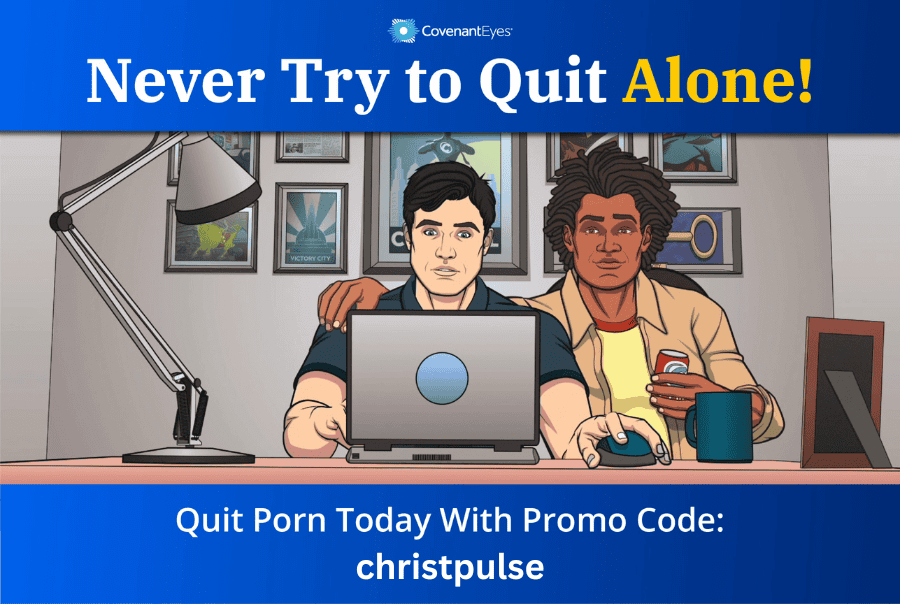

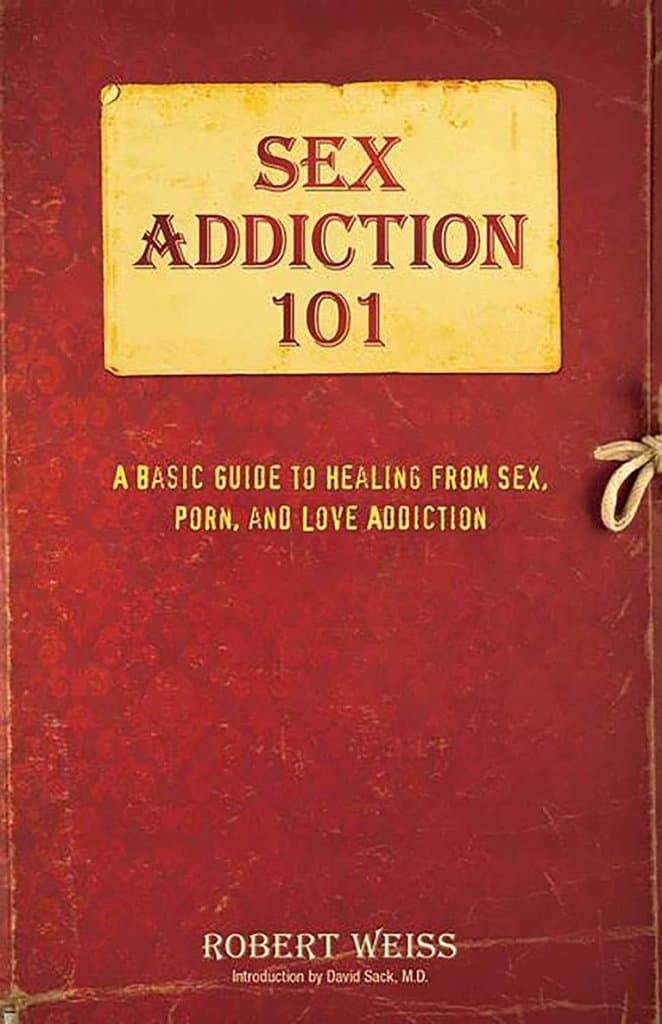

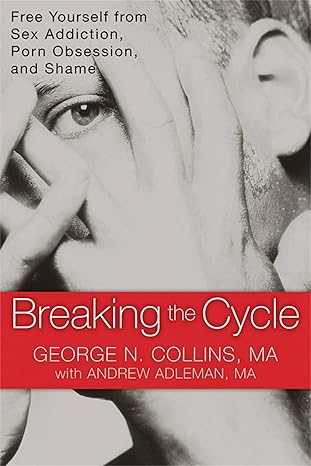
![Your Brain on Porn [Book Review]](https://christpulse.com/wp-content/uploads/2024/09/611TBbtqJYL._SL1360_-663x1024.jpg)

